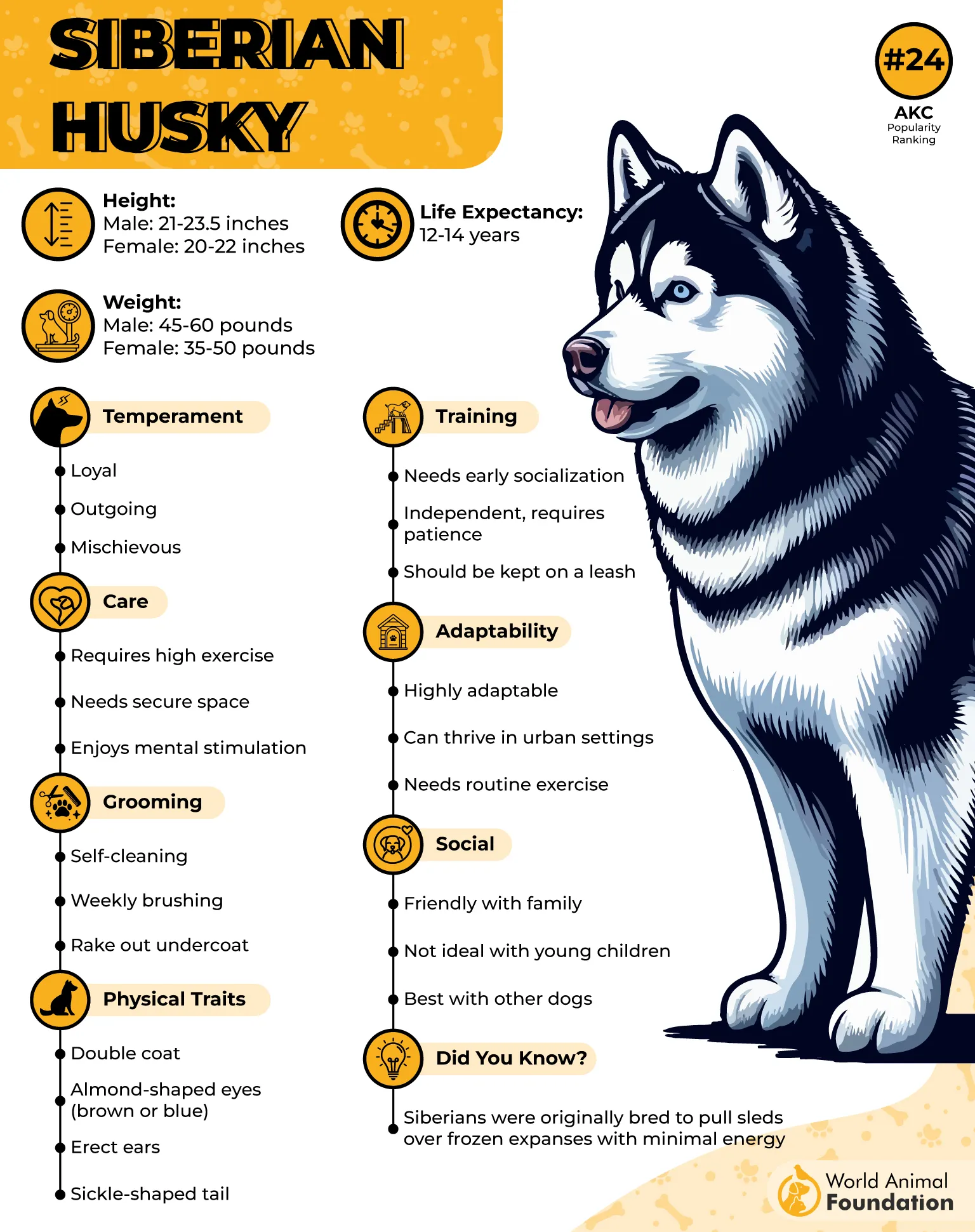Looking for a furry watchdog to keep an eye on your home and alert you to any unexpected visitors? Dogs who bark at strangers approaching windows aren’t just charming companions—they’re natural security systems with tails!
Whether you live in a busy neighborhood or a quiet cul-de-sac, having a dog that instinctively raises the alarm can provide peace of mind and a lively dose of protection. But not all breeds are created equal when it comes to this alertness.
Some pups have a built-in radar for strangers and an uncanny desire to vocalize their discovery, making them ideal guardians of your castle. In this article, we’ll explore seven dog breeds renowned for barking at any unfamiliar face peeking near your windows.
Ready to meet your perfect protective pal? Let’s dive into the world of canine watchdogs who combine loyalty, alertness, and a whole lot of bark to keep your home safe and sound!
Dog Breeds That Bark When Strangers Approach Windows
1. Beagle
Beagles are famous for their keen noses and lively personalities. This breed is naturally curious and will alert their owners to anything unusual, including strangers approaching windows. Their bark is clear and distinct, making them effective little watchdogs around the home.
Despite their small size, Beagles have a surprisingly loud bark that carries well, which is why they often feature on lists of dogs that bark at strangers. PetMD states that they are social dogs, thriving on companionship but always ready to raise an alarm when something unusual happens nearby.
Beagles are highly energetic and require regular exercise to stay happy and healthy. Their intelligence means they respond well to training, but their strong hunting instincts can sometimes make them stubborn or distracted. Owners must be patient and consistent in training routines.
Known for their gentle and affectionate nature, Beagles make great family pets. Their alertness, combined with friendlines,s ensures they protect without being overly aggressive, striking a good balance for a home security companion.
Quick Tips to manage excessive barking
Provide daily physical and mental exercise to channel their energy positively.
Use positive reinforcement training to manage their vocal tendencies effectively.
2. Chihuahua
Breed Profile
Size: Very small
Weight: 2–6 pounds
Temperament: Alert, lively, confident
Chihuahuas may be tiny, but they have a big voice. They are known to bark frequently, especially when strangers come near windows or doors. This breed’s natural alertness makes it an excellent watchdog despite their small stature.
These dogs are extremely loyal and often bond closely with their owners. Their alert nature means they are quick to react to any perceived threats, which helps explain why they are frequently listed as dogs that bark at strangers approaching windows.
Chihuahuas are brave and confident, sometimes unaware of their size, which adds to their watchdog reputation. They require socialization from an early age to prevent excessive barking and to keep their temperament well-balanced.

Because of their delicate build, Chihuahuas need gentle handling and protection from rough play. They thrive in environments where they receive plenty of attention and affection, helping reduce anxiety-related barking.
Quick Tips to manage excessive barking
Socialize your Chihuahua early to reduce unnecessary barking.
Teach a reliable “quiet” command to manage alert barks effectively.
3. Australian Shepherd
Australian Shepherds are natural herders and extremely intelligent dogs. Their energy levels are high, and they use their voice to communicate, often barking to alert owners about anything unusual near the home, including strangers at windows.
This breed is highly trainable and responds well to consistent, positive reinforcement. Australian Shepherds require plenty of mental and physical stimulation to prevent boredom, which can lead to excessive barking or destructive behaviors.
Their loyal and protective instincts make them excellent watchdogs. While they are friendly with family and friends, they tend to be wary of strangers, using barking as a way to signal unfamiliar presence.
Australian Shepherds also excel in agility and obedience activities, which suit their sharp minds and active nature. Regular exercise helps keep their barking in check and channels their energy productively.
Quick Tips to Manage Territorial Barking
Provide daily, vigorous exercise to satisfy their high energy demands.
Use training sessions to teach controlled barking and calm behaviors.
4. Dachshund

Dachshunds are spirited dogs known for their distinctive long bodies and big personalities. Their strong sense of alertness makes them prone to barking, especially when strangers come near windows or doors. This breed uses its voice to announce anything unusual, despite its small size.

They have a curious nature, often investigating new sights and sounds with great enthusiasm. Dachshunds were originally bred for hunting badgers, which gives them an independent streak and a fearless attitude toward perceived threats. Their bold temperament contributes to their effectiveness as watchdogs.
Training a Dachshund requires patience since they can be a bit stubborn. However, their intelligence and eagerness to please can make training a rewarding experience. Their vocal tendencies can be managed with consistent commands and positive reinforcement.

Dachshunds form strong bonds with their owners and are affectionate companions. They thrive in households that provide plenty of interaction and mental stimulation to channel their energy productively.
Quick Tips to manage alarm barking
Provide daily mental challenges to prevent boredom-related barking.
Establish clear boundaries with consistent training to control alert barking.
5. Bloodhound

Breed Profile
Size: Large
Weight: 80–110 pounds
Temperament: Gentle, determined, affectionate
Bloodhounds are renowned for their extraordinary tracking abilities and gentle disposition. While they are not typically aggressive barkers, they will vocalize to alert their owners if something unfamiliar approaches, making them natural guardians of the home perimeter.
PDSA states that their strong scent-tracking instincts make them excellent search-and-rescue dogs, but they also carry a deep loyalty to their families. Bloodhounds tend to be calm and friendly, displaying a patient nature, especially around children and other pets.

This breed requires regular exercise to keep its large frame healthy and to prevent restlessness. Without adequate stimulation, Bloodhounds may express themselves through barking or other vocalizations, which can serve as a security alert in a home setting.
Bloodhounds need consistent, gentle training because they can be stubborn and easily distracted by scents. Their affectionate nature means they respond best to positive encouragement rather than harsh corrections.
Quick Tips to manage dog barks
Offer ample daily walks to satisfy their scent-driven curiosity.
Use reward-based training to manage their vocal alerts effectively.
6. Siberian Husky

Siberian Huskies are famous for their endurance, striking looks, and vocal nature. They are known to bark and howl to communicate, which can include alerting owners when strangers approach windows or other entry points. Their vocalizations are varied, ranging from barks to distinctive howls.
According to the AKC, this breed thrives on companionship and activity, needing plenty of exercise to stay balanced. Without regular physical and mental challenges, Siberian Huskies can become bored and noisy. Their barking is often a reflection of their social needs or excitement.

Despite their alertness, Huskies are generally friendly with strangers and less inclined to aggressive guarding. Their vocal behavior is more about communication and less about protection, though their sharp senses do make them aware of any changes in their environment.
Siberian Huskies are intelligent and independent thinkers, requiring owners who can provide firm, consistent training. Their high energy and vocal tendencies make them better suited for active households familiar with working breeds.
Quick Tips to manage dog barks
Ensure daily vigorous exercise to reduce unwanted barking.
Teach alternative ways to communicate to manage vocal outbursts.
7. West Highland White Terrier

West Highland White Terriers, or Westies, are lively and confident little dogs. Their bold personality comes with a strong tendency to bark at anything unusual, including strangers near windows, making them efficient little home sentinels.
Originally bred for hunting small game, Westies have an energetic nature and sharp senses. This breed is quick to alert owners about unfamiliar sounds or movements, often using a sharp, persistent bark that carries well despite their small size.

Westies are sociable and enjoy human interaction, but their confident nature means they don’t back down easily. This tenacity, paired with their watchful eye, contributes to their reputation as effective watchdogs.
Their dense, white coat requires regular grooming to keep it healthy and free of mats. Westies are adaptable and fit well into various living environments, as long as they get enough play and exercise.
Quick Tips
Engage in daily play sessions to burn off excess energy.
Regular grooming helps maintain coat health and reduces skin issues.
Conclusion
When it comes to dog barks, understanding your dog’s motivation is key to managing alarm barking and territorial barking effectively. Most dogs bark to communicate—whether to alert their family of a person at the front door, a squirrel in the yard, or even the mail carrier nearby. However, some dogs bark excessively due to fear, separation anxiety, or excitement. A barking problem can disrupt the peace of your house, but alternative behavior training can help your dog remain quiet in these moments.
Certified professional dog trainers and veterinary behaviorists often recommend positive reinforcement techniques using treats or toys to encourage calm behavior. Using cues like “sit” or “wait” on a leash can redirect your dog’s focus away from the noise or other animals. It’s important to avoid yelling, which can increase a dog’s excitement or fear, worsening the barking. Some owners even find that safe distractions, such as spray cheese or canned dog food, help redirect attention.
By understanding the different types of barking and providing consistent training and space, you can reduce your dog’s barking problem and create a calmer, happier home for everyone.


